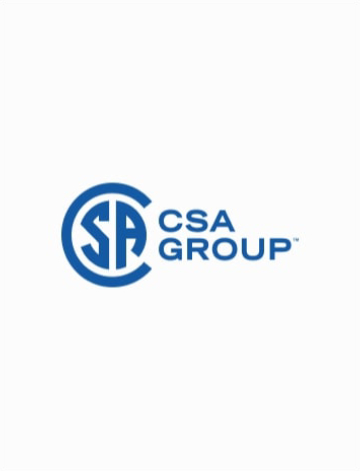Scope
1.1
Areas
1.1.1
This Standard applies within
(a) patient care areas of hospitals; and
(b) areas or spaces outside of hospitals which are
intended to be used to provide patient diagnosis. treatment, or care,involving intentional electrical contact of any kind between the patient and medical electricalequipment.
1.1.2
This Standard does not apply to veterinary facilities, although its
principles of electrical safety may prove useful in the design,construction, and operation of such facilities.
1.2
Electrical Equipment and Installation This Standard applies to
(a) medical electrical equipment;
(b) nonmedical electrical equipment;
(c) patient-owned electrical devices;
(d) electrical installations; and
(e) the use and management of the equipment and installations in patientcare areas. The electrical equipment may be portable or permanentlyconnected.
1.3
Aspects of Electrical Safety
This Standard deals principally with safety from the hazards of electric
shock. Other aspects of electrical safety, such as interference with
proper operation or fire, are also included.
1.4
Continuity of Electrical Power Supply This Standard does not includerequirements for supplying power to electrical systems when the normal
supply is interrupted (see CSA Standard Z32.4, Essential Electrical
Systems for Hospitals).
1.5
Relationship to the Canadian Electrical Code, Part'
The requirements of this Standard regarding instal¬lation criteria are
supplementary to those stated in Sections 24 and 52 of the Canadian
Electrical Code,
Elecrricaf Safery in Parienr Care Areas aerober 1989
Part I. While the 1986 edition of this Code is the latest available at
the time of printing, this Standard has been prepared to be consistent
with the sixteenth edition planned for release in 1990.
Note:
The Canadian Electrical Code establishes the minimum requirements
for a safe building electrical instal¬lation to supply utilization
equipment in patient care areas, but does not state requirements for the
number,
arrangement, and circuit loading of branch circuits and receptacles
required for the different procedures to be performed. Neither does it
state requirements for the use and maintenance of such installations.
This Standard (Z32.2) builds on the requirements of the Canadian
Electrical Code and provides this additional information.
1.6
Medical Risks or Benefits
The medical purposes, risks, or benefits of procedures or equipment are
beyond the scope of this Standard as they are the professional
responsibility of health care practitioners. This Standard does,
however, offer general guidelines to ensure the safe use of electrically
operated equipment.
1.7
In this Standard, shall indicates a mandatory requirement; should
indicates a recommendation, or that which is advised but not mandatory.
Notes accompanying clauses do not include mandatory or alternative
requirements. The purpose of a note accompanying a clause is to separate
from the tl3xt explanatory or informative material that is not properly
a part of the Standard. Notes to figures and tables are considered to be
part of the figure or table and are written as mandatory requirements.

